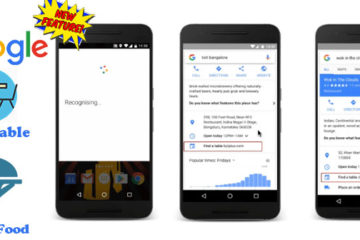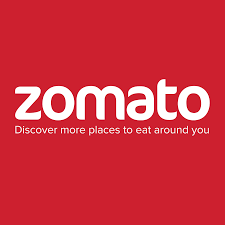Delivery costs are swallowing the Food startups

Nowadays, food tech is big, Grubhub, Blue Apron, Instacart, yet pretty web designs and good communication plans are not enough for strengthening the continuous food business. None company provides tempting gross margins without creating and performing a sustainable new pattern for food delivery.
In the middle of the 21st century, milkman’s visit was a regular routine. He would start his day from his dairy farm and then distributing it door to door with a refrigerated truck full of fresh mil drums.
Then came the hub & Spoke model. Everyone from FedEx & drug dealers and Airlines have taken benefit of the flexibility that came with pressurizing their deliveries concentrated center that controls and faces difficulties and pushes products out to the simple last delivery.
Both giant companies as well as occasional black market operations have controlled to make home deliveries for non-perishable work, but the business houses are still making efforts to get it right in delivering food. In the past few years, a new transition of startups has come, in which they are aiming to provide door to door service and damage the $ 650 billion grocery market.
Many companies have tries lot of options by investing huge amount in refrigerated trucks, coolers, ice packs, and more. Both new and old companies are under the burden of heavy operational costs. Last year only, some local food delivery service Goods Eggs shut down their operations in three or four regions, Google Shopping Express is shutting down its two delivery hubs; Foodpanda,TinyOwl and Zomato are fighting to manage their burn rates.




